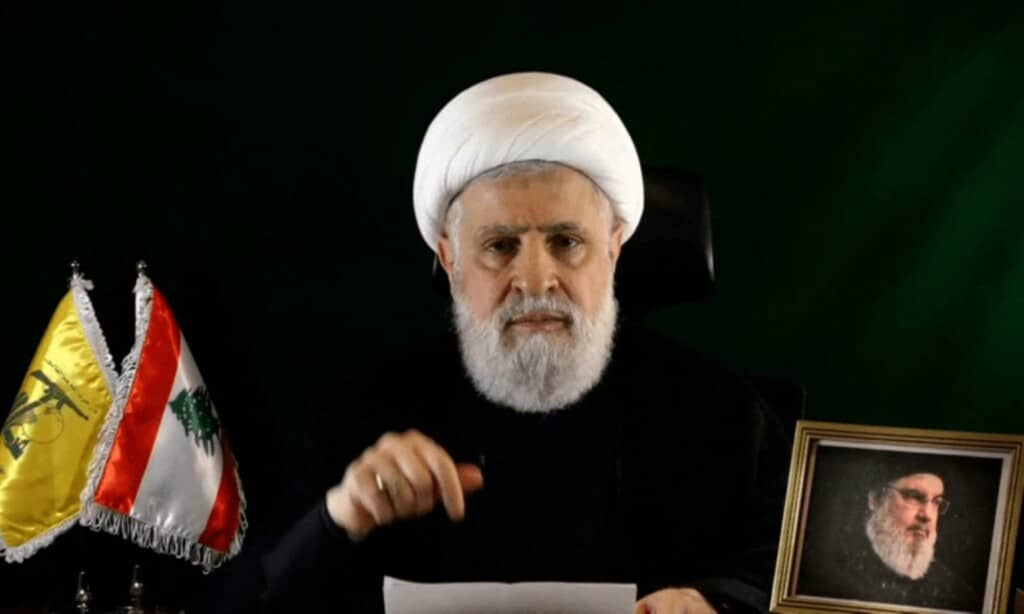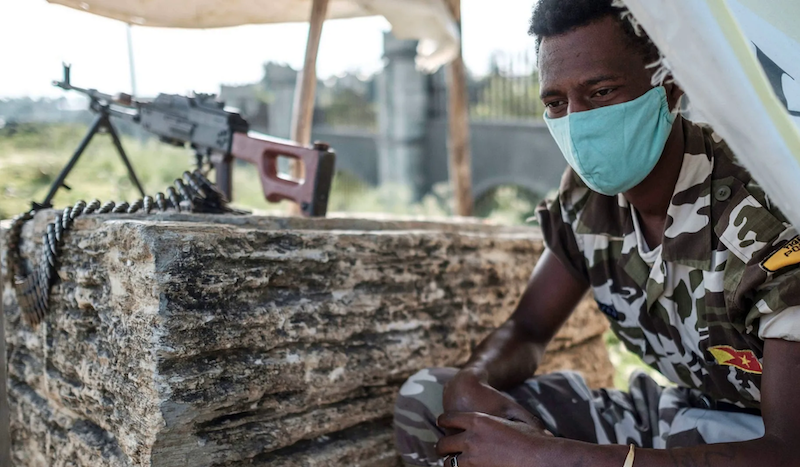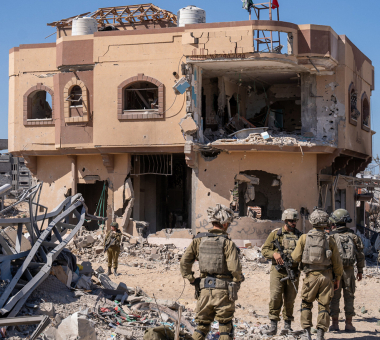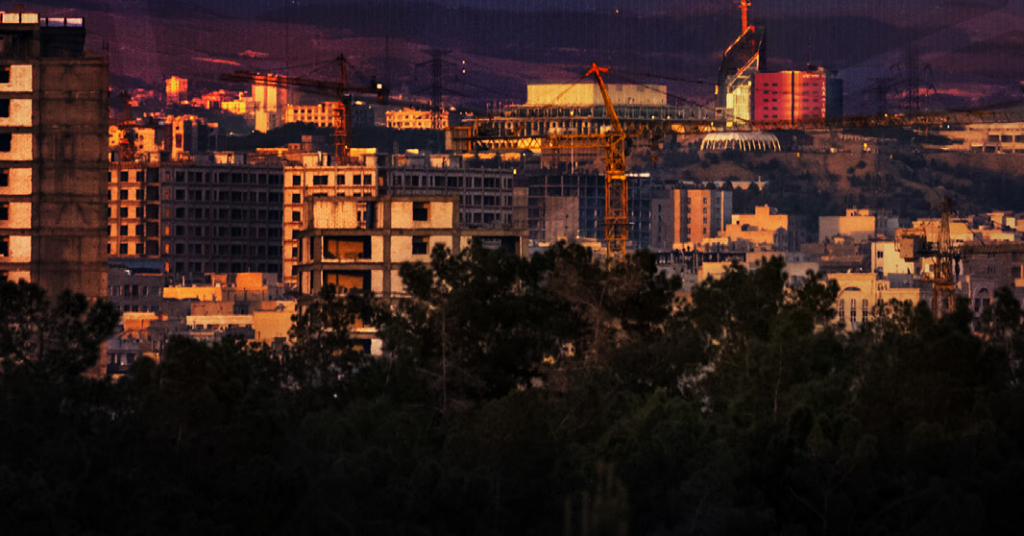Iran Update, October 30, 2024
Qassem hinted at a possible shift in Hezbollah policy that would allow a Lebanon ceasefire to be separated from Israeli operations in the Gaza Strip. The new secretary general was less absolute regarding a ceasefire in the Gaza Strip than Nasrallah had been before his death. Nasrallah had previously said that a ceasefire in Lebanon would have to be contingent on halting Israeli operations in the Gaza Strip. Qassem appeared less resolute by saying that Hezbollah would accept “appropriate” ceasefire conditions but insisted that “the basis for any negotiations is a ceasefire first.”[10] Qassem indicated on October 8 that the group may be open to a ceasefire that is not linked to the Gaza Strip.[11] Nasrallah had previously been very explicit that Hezbollah would not stop indirect fire attacks into Israel until the IDF withdrew from the Gaza Strip.[12] Nasrallah held this unambiguous position before Israel began ground operations in southern Lebanon, however. The shift in Hezbollah’s position may be a result of both new Hezbollah leadership and the escalation of a war that has temporarily degraded Hezbollah’s command, control, and logistical networks. Qassem said he believes that Hezbollah, not an international resolution, expelled Israel from Lebanon in 2006 and 2000, suggesting his reluctance to enter into a ceasefire agreement.[13]







